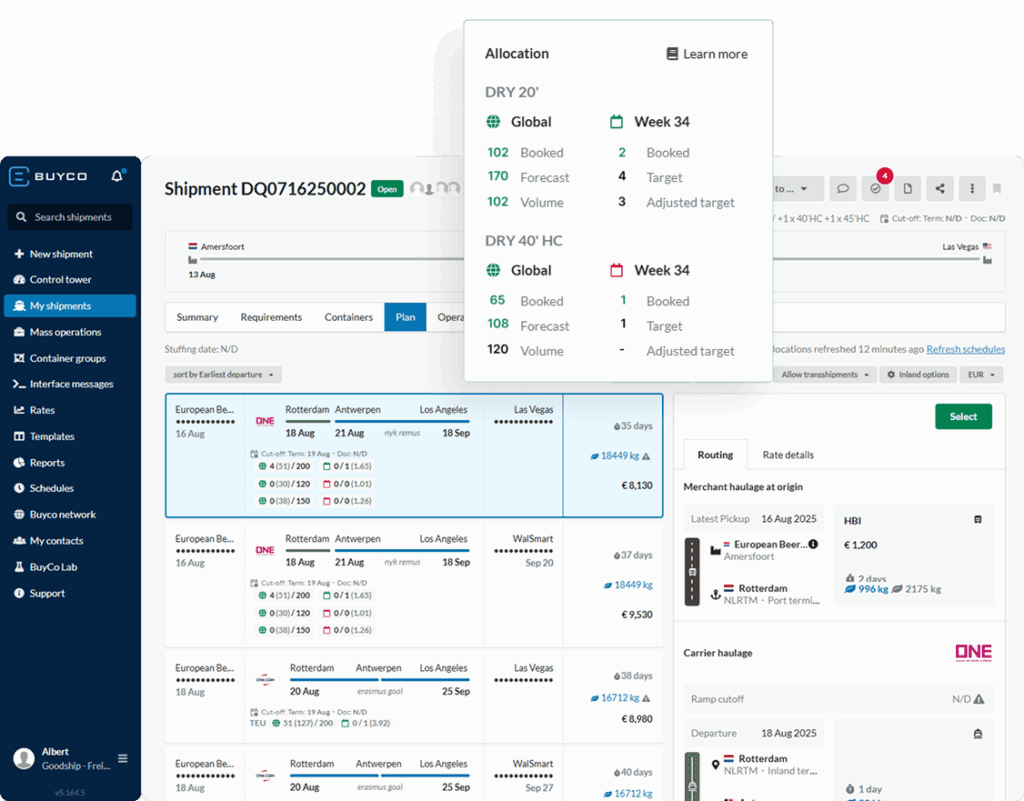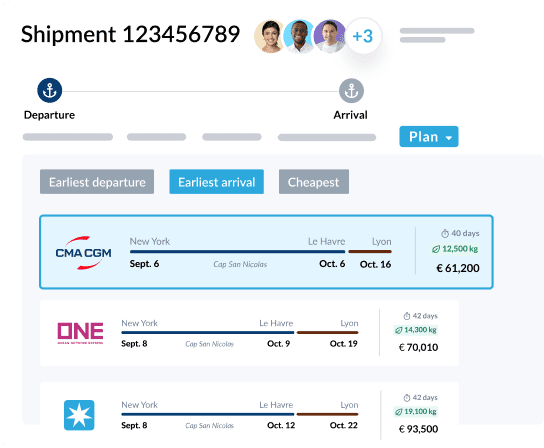What is VGM?
VGM stands for Verified Gross Mass, which refers to the total weight of a packed shipping container, including both the cargo and the container itself (also known as the tare weight). The requirement for VGM was introduced by the International Maritime Organization (IMO) under the SOLAS (Safety of Life at Sea) convention and became mandatory in July 2016.
Before any loaded container can be loaded onto a vessel, the shipper must submit its verified weight to the ocean carrier and terminal. Without this information, the container will not be allowed on board.
Why is VGM important?
The VGM regulation was put in place to address a serious safety concern: incorrect or misdeclared container weights. When containers are heavier than declared, or when the weight is unknown, vessels can be improperly balanced, leading to a range of hazards including:
- Collapsed container stacks on deck
- Vessel instability or capsizing
- Equipment damage
- Injury or loss of life at sea or in port terminals
By ensuring that all containers loaded onto a vessel have an accurately reported weight, VGM helps carriers stow containers more safely and maintain vessel stability.
Who is responsible for VGM?
According to the SOLAS regulation, the shipper named on the bill of lading is responsible for providing the VGM. This doesn’t necessarily mean the company that physically packs or weighs the container, but the party listed as the shipper in the documentation.
This responsibility means shippers must coordinate closely with freight forwarders, carriers, suppliers, and terminals to ensure the VGM is calculated, submitted, and received on time typically no later than the cutoff set by the carrier or port terminal.
How is VGM calculated?
There are two official methods approved by the IMO for determining the VGM of a container:
Method 1: Weighing the packed container
This involves weighing the sealed, fully packed container using a certified and calibrated weighing system (e.g., truck scales, weighbridges). The resulting weight is the VGM.
Method 2: Weighing cargo and contents separately
Here, the shipper weighs each item to be packed (including pallets, packaging, and securing materials), sums up the total, and adds the container’s tare weight (which is typically marked on the container door).
While both methods are valid, the choice depends on the shipper’s operations and access to certified weighing equipment. Method 2 is often preferred for operational flexibility but requires strict internal controls to ensure accuracy.
How to submit VGM?
Once the VGM is calculated, it must be submitted to the ocean carrier and/or terminal operator in accordance with their specific cut-off times. In most cases, the VGM is sent either:
- Directly to the carrier, via their online platform or EDI system
- Through a freight forwarder or 3PL, who handles the communication
- Via a shipping platform, like BuyCo, that centralizes the process
It’s important to note that VGM is often submitted at the same time as the Shipping Instructions (SI), typically shortly after the booking is confirmed. If VGM is missing or submitted late, the container may be refused at the port or rolled to a later vessel, causing delays and additional costs.
To avoid last-minute issues, shippers should build VGM submission into their booking workflow and ensure all parties involved are aligned on timing and responsibilities.

Lorem ipsum dolor sit amet, consectetur adipiscing elit. Donec hendrerit dui ac diam tempus euismod. Aliquam imperdiet sapien nec volutpat iaculis.




